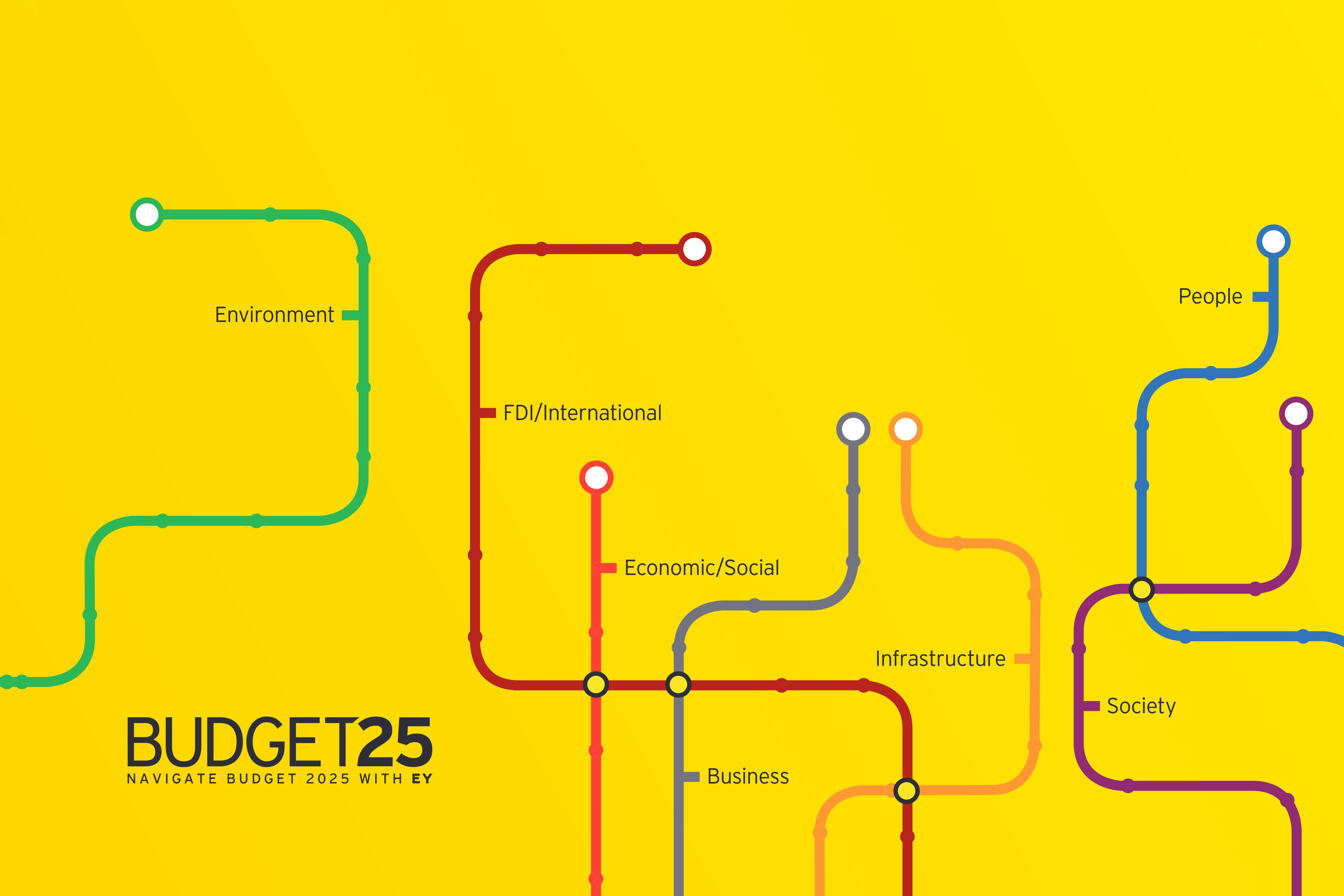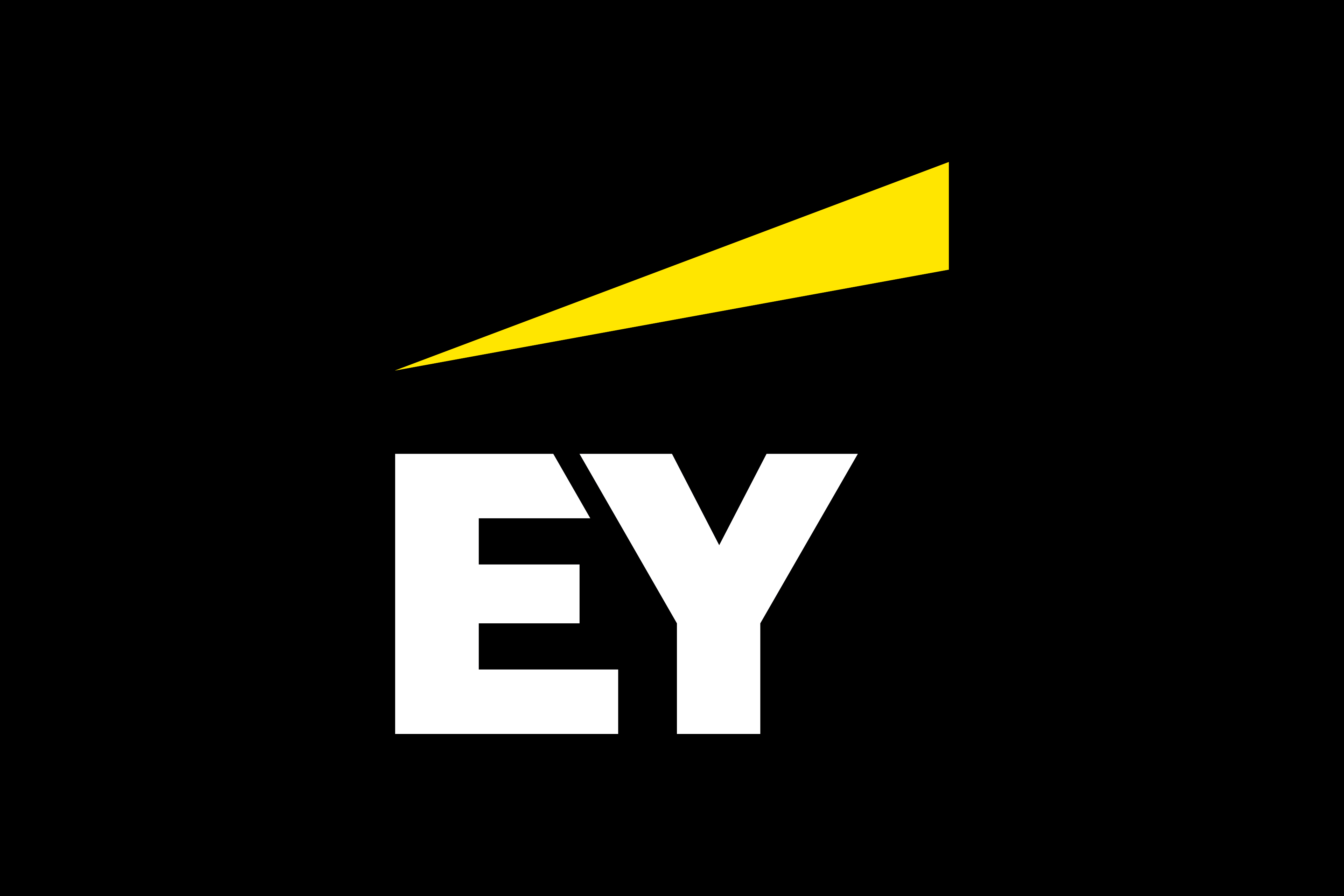EY refers to the global organization, and may refer to one or more, of the member firms of Ernst & Young Global Limited, each of which is a separate legal entity. Ernst & Young Global Limited, a UK company limited by guarantee, does not provide services to clients.
- Analytics and AI (63%), robotics and automation (63%) and GenAI (43%) top investments for businesses surveyed
- GenAI has rapidly moved to the forefront of technology investment with 43% of survey participants currently investing in it and an additional 30% planning to invest this year
- Top GenAI use cases include employee training and collaboration (36%) and customer sales and service (35%)
- 5G and quantum computing are also seeing rising investment activity year-on-year
Dublin, 23 February 2024: The latest EY Reimagining Industry Futures Study confirms generative AI’s (GenAI) status as a breakthrough technology globally, with 43% of the 1,405 businesses surveyed globally investing in it. Overall, GenAI ranks third among the nine emerging technologies tracked in the study, with “Automation and AI” ranking first, followed by robotics and automation. Of those currently investing in GenAI, 80% are working on proof-of-concept for applications, while 20% have pilot projects underway.
Businesses' priorities regarding GenAI are led by the need to improve data governance to combat risks around data accuracy and ethics (46% of respondents). The top Gen AI use cases cited by businesses include employee training and collaboration (36%) and customer sales and service (35%).
Despite GenAI’s rising prominence, 38% of respondents favour a measured, incremental approach to adoption – indicating sensitivity to issues around ethics and accountability. Relatedly, 73% seek a greater understanding of GenAI concepts and use cases, and 69% say they need to learn more about the risks.
Enda Doyle, EY Ireland Consulting Partner and Technology, Media & Telecoms Lead says:
“One of the biggest trends emerging from this year’s study is the momentum behind GenAI investment, as businesses continue to evaluate its overall impact on their organisation. This technology is redefining the possibilities around enterprise transformation. However, there are a host of strategic and practical challenges raised by adoption, not least in relation to data governance and ensuring organisations have accurate and interoperable data that they can leverage to fully take advantage of the breakthrough potential of GenAI. In this landscape, vendors that help businesses better understand and mitigate the data security, accountability and ethics challenges will win in the market.”
5G investment up as enterprises look to integrate AI
Globally, 5G is seeing a rise in investment year-on-year, up six percentage points to 79%. American enterprises continue to lead other regions on 5G investment, with 82% either currently investing or planning to invest. But other regions are gaining ground, with 79% of European enterprises and 78% of Asian enterprises either currently investing or planning to invest – both up more than 10 percentage points year-on-year in current investment. This reflects the recent advent of 5G standalone technology in these regions.
Overall, organisations surveyed rate cyber and data protection risks as the biggest current 5G challenge outside their control, reflecting the ongoing rise in cyber attacks on internet of things (IoT) devices.
Looking ahead, businesses rank exploring 5G’s relationship to AI and other emerging technologies as their top future priority for 5G adoption (42%). However, the report highlights ongoing challenges around ambitions to combine technologies, with 60% stating that vendors do not adequately articulate how 5G and IoT can be integrated with AI.
Enda Doyle says: “Integrating different emerging technologies is now a priority for businesses, but technology vendors are falling short of expectations. This is not just about better articulation: the study tells us that 59% of enterprises don’t believe that sufficient AI capabilities are included within the IoT solutions offered. Vendors need to do better, closing this confidence gap by clearly showcasing the added value derived from combining different technologies.”
-ends-
Notes to Editors
About EY
EY exists to build a better working world, helping to create long-term value for clients, people and society and build trust in the capital markets.
Enabled by data and technology, diverse EY teams in over 150 countries provide trust through assurance and help clients grow, transform and operate.
Working across assurance, consulting, law, strategy, tax and transactions, EY teams ask better questions to find new answers for the complex issues facing our world today.
EY refers to the global organisation, and may refer to one or more, of the member firms of Ernst & Young Global Limited, each of which is a separate legal entity. Ernst & Young Global Limited, a UK company limited by guarantee, does not provide services to clients. Information about how EY collects and uses personal data and a description of the rights individuals have under data protection legislation are available via ey.com/privacy. EY member firms do not practice law where prohibited by local laws. For more information about our organisation, please visit ey.com/ie.
This news release has been issued by EYGM Limited a member of the global EY organisation that also does not provide any services to clients.
About the survey
The EY Reimagining Industry Futures Study 2024 is based on an online survey of 1,405 enterprises conducted in November 2023, the fifth wave of this annual survey. The questionnaire was comprised of multiple-choice questions and agreement statements, with respondents drawn from multiple industry verticals and geographies. Only respondents who self-selected as “Moderately knowledgeable” and above about their organizations’ IoT and 5G initiatives feature in the survey results.
The questions explored enterprise behaviors, attitudes and intentions toward emerging technologies, including AI, IoT and 5G-based IoT. Specific themes include:
- Enterprise emerging technology spending intentions and adoption
- Sustainability benefits of emerging technologies
- Enterprise AI, IoT and 5G-IoT use cases, priorities and challenges
- Enterprise perceptions of ICT supplier capabilities and competencies
- Enterprises’ engagement with their supplier ecosystems



